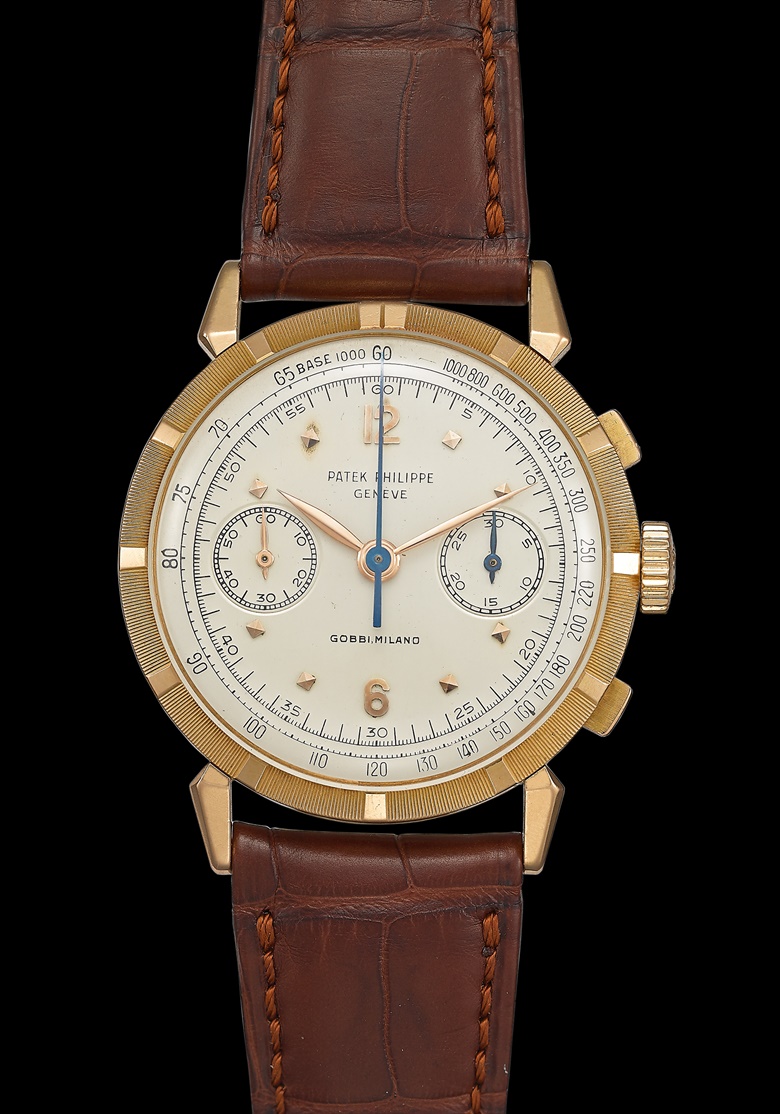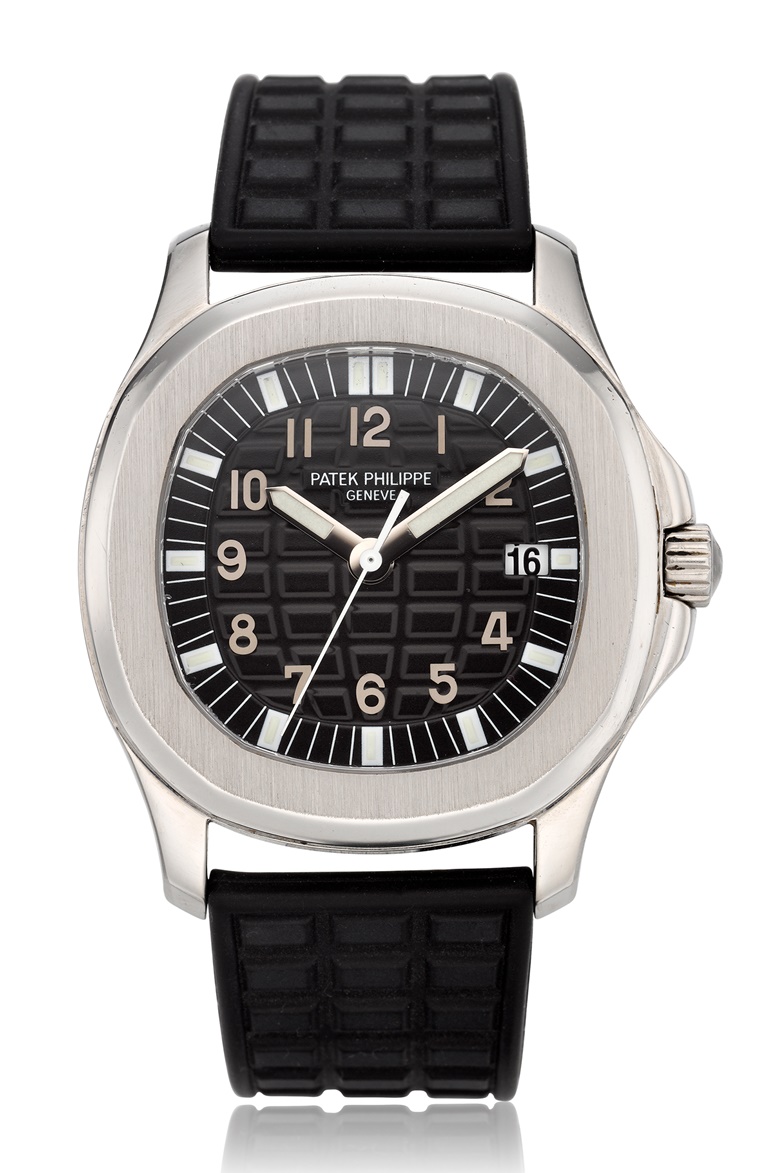5 Reasons Collectors Love Patek Philippe

Patek expert John Reardon explains why devotees of the Swiss brand never settle for less than the best — illustrated with outstanding examples offered at Christie’s
Patek Philippe collectors aren’t like other watch collectors. They aren’t flashy; they don’t have to be. That’s because Patek Philippe’s understated elegance bespeaks confidence. Simply put, Patek owners know that they have the very best in craftsmanship, heritage and design sitting on their wrists — and once you’ve owned a Patek Philippe, nothing else will do.
1. The Scarcity

It’s said that fewer than 1 million Patek Philippe watches have been made since 1839. That’s fewer than some very high-end Swiss manufacturers produce in a year. Patek production is so detailed that it takes nine months to make its most basic watches, and more than two years to produce some of the more complicated timepieces. Meanwhile, demand is growing around the world.
Some Patek Philippe watches are so sought-after that buyers must submit to an application process to demonstrate that they are sufficiently high-calibre collectors. (Alternatively, you could call the Christie’s Watch Department to acquire one in a private sale the following day.)
The pink gold reference 1579R shown above can be considered one of the rarest chronographs ever made by Patek Philippe. Not only is this particular watch the only known Ref. 1579R with an engraved bezel, it is the only Patek Philippe chronograph of any reference known to have been made with such a bezel. Furthermore, the dial is one of only six known examples of reference 1579R in pink gold to be double signed, by both Patek Philippe and the prestigious Milan retailer Gobbi.
2. The Design
.jpg?w=780)
The real beauty of a Patek’s design lives in its movements. Every individual part is hand-finished, which might seem an excessive detail considering that only a watchmaker can truly appreciate it. And yet even the lay admirer cannot help but be struck by its beauty.
Dial design is similarly unrivalled. The faceted batons, the hand-polished hands and the little tells that distinguish a Patek Philippe can often go unnoticed even by the person wearing the watch, and yet they all add up to something that looks and feels perfect on the wrist.
3. The Investment Value
.jpg?w=780)
Patek Philippe resale value trumps that of all other makers, whether vintage or modern. Watches completed for Patek’s 175th anniversary collection are already trading on the secondary market for extraordinary prices. Pieces such as the 5131 Cloisonné Enamel immediately earned almost double their retail price at auction, straight from retail. (That they were recently discontinued in white and yellow gold may add even more value to these models.)
From a broader, more historical perspective, you could have bought a Calatrava for $300 in the 1950s; today, they can command more than $20,000. There are perpetual chronographs — namely the 2499/100 fourth series — that cost less than $20,000 in the 1980s but which fetch well over $400,000 today. And an original Nautilus from the 1970s, which originally retailed for less than $3,000, now trades for more than $50,000.
4. The Archives

Every Patek Philippe watch ever made has a searchable ‘extract’ available at the Patek Philippe archives. It instills great confidence knowing that you can source the date of production and original date of sale for every Patek Philippe made since 1839.
When you meet someone who owns a Patek watch, it’s a safe bet that they have done something extraordinary with their life. The extracts, which meticulously detail the history of each watch, evoke moments in individuals’ lives which have been marked by the purchase of a Patek Philippe.
Patek doesn’t include the names of previous owners on its extracts, but most members of every royal family and countless heads-of-state and celebrities are in these archives. It’s wonderful fodder for the imagination. Perhaps the previous owner was celebrating the end of a war with your watch, the beginning of a new life with someone, or the birth of a child. Some of the most beautiful watches we see have never come up for auction before.
5. The Patek Philippe DNA
.jpg?w=780)
The design, artistry and craftsmanship balanced in a Patek Philippe is peerless. Patek’s cases, for example, say it all: they may appear simple in their overall execution, but Patek takes no shortcuts. Among some other watchmakers, cases are cast and machine-finished, often at an outside shop; at Patek Philippe, cases are mostly made in-house, and often forged from solid pieces of gold or platinum.
Patek uses traditional case-making techniques that hark back to the 1800s, and which have been preserved by a select few contemporary watchmakers. To make one of its cases requires know-how that’s been passed from generation to generation, just like the watches themselves. And that’s the way it should be. That’s the beauty of a Patek Philippe.










